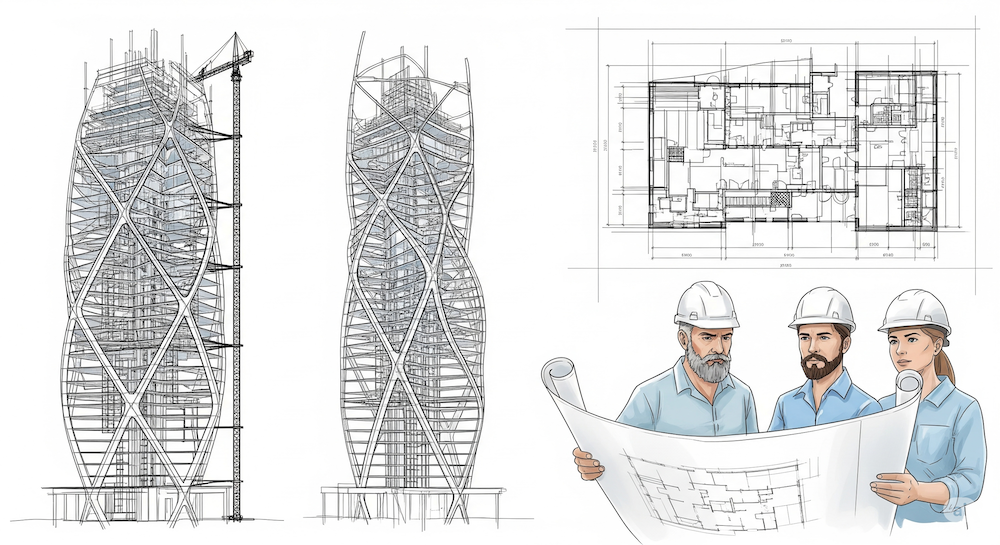
The Age of the Factory: Building the Digital World (and Its Walls)
Following the "Artisan" era of programming, we entered the "Age of the Factory."
09 July 2025
High-level languages like Java, C++, and Python, along with powerful frameworks, became our assembly lines. This was the industrial revolution of software.
For the first time, we could abstract away the machine's raw complexity. We no longer had to manage individual memory addresses; we could think in terms of objects, functions, and modules. This enabled us to build the vast, complex systems that power our modern world — from global banking networks to social media platforms.
This paradigm gave us two superpowers:
1. Scale: We could build massive, powerful applications.
2. Reusability: We could create libraries and frameworks, standardized components that saved us from reinventing the wheel every time.
But this factory model also created a new, powerful role: the Software Architect.
Like a master architect designing a skyscraper, they create the master blueprint—the technical specification. The entire system is built according to this plan. This creates a powerful, stable structure, but it also introduces fundamental weaknesses that we still struggle with today:
• Rigidity: The architecture, once set, is incredibly difficult to change. Adding a new feature that doesn't fit the original blueprint requires a costly "renovation," creating technical debt and slowing innovation.
• The Code/Data Divide: The blueprint (code) and the contents of the building (data) are fundamentally separate. The code acts on the data, but it doesn't truly understand it. This separation is a source of countless bugs and integration challenges.
• The Human Bottleneck: The system's logic is trapped in the minds of the architects and developers. The software itself has no intrinsic understanding of its purpose; it's just executing instructions.
The factory model allowed us to build the modern world, but it also built walls — walls between code and data, between business logic and its implementation, and between the system and its ability to truly adapt. It was this rigidity that the next wave of innovation, Low/No-Code, sought to solve. We'll explore its successes and failures in our next post.
#SoftwareArchitecture Programming #Java #Python #Innovation #Developer #CognitoOne #dEO